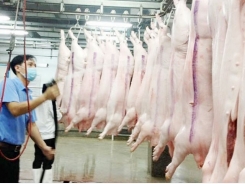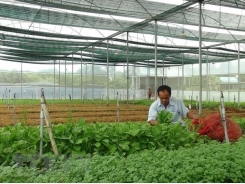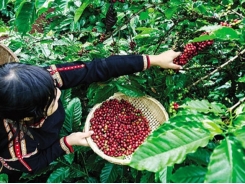Developing climate-smart agriculture

How should India and other countries adapt their agricultural practices to a changing climate? Researchers explain how they go about when developing new rice growing technologies.
Countries in the tropics and sub-tropics are particularly vulnerable as extreme weather conditions pose a serious threat to their food security.
For India, the rapidly growing economy, climate change and variability may have a negative impact on the well-being of a steadily increasing population, of which the vast majority reside in rural areas and are highly dependent on natural resources for their food, shelter and income.
To address these issues, and find solutions to the climate-related challenges that lie ahead, the ClimaAdapt project was initiated in Andhra Pradesh, Telangana and Tamil Nadu states in 2012.
Capacity of farmers
The project, which is a collaborative effort between Bioforsk and several Indian research institutes, aims to develop climate-smart agriculture technologies in India, thereby improving the adaptive capacity of farmers.
In this film, you will see how researchers work together with stakeholders and policy makers to develop methodologies for upscaling selected adaption measures in the three provinces. You will see how the project partners go about in regard to stakeholder involvement and capacity building of farmers, women included. The film also shows why it is necessary to maintain an interdisciplinary and integrated approach to reach the desired impacts of a project such as ClimaAdapt, which among other things entail stronger science-stakeholder-policy linkages and science based innovative adaptation measures.
Related news
Tools

Phối trộn thức ăn chăn nuôi

Pha dung dịch thủy canh

Định mức cho tôm ăn

Phối trộn phân bón NPK

Xác định tỷ lệ tôm sống

Chuyển đổi đơn vị phân bón

Xác định công suất sục khí

Chuyển đổi đơn vị tôm

Tính diện tích nhà kính

Tính thể tích ao



 A new GMO technique that organic farmers will…
A new GMO technique that organic farmers will…  Indonesia craves Vietnamese coffee
Indonesia craves Vietnamese coffee